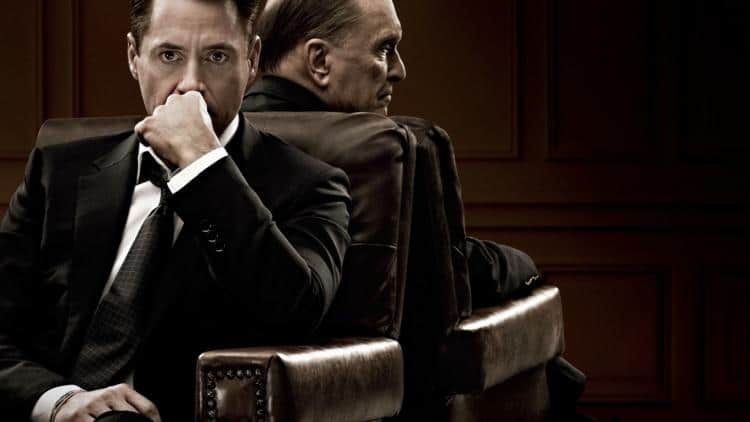
Which are your favorite types of hats? Hats are a versatile accessory or complement used to cover the head on a variety of occasions, from everyday wear to special occasions. In this article, we have prepared a list of the most used hat types from past to present. While reading the compilation, you will also witness the evolution of the hat…
What is a hat?

Hats are head coverings that can be worn casually for protection from the weather or on special occasions such as religious ceremonies and high-profile events. They can be made of different materials; you can have plastic, cotton, wool or felt hats. Both men and women wear hats, but in the first half of the twentieth century men’s hats were more in demand.
Just as a crown announces a royal birth, hats can indicate social status. Hats can also be an indication of one’s job, with many police and military officers, postal service workers and religious figures wearing hats as part of their uniform.
A very brief look at the history of the hat.
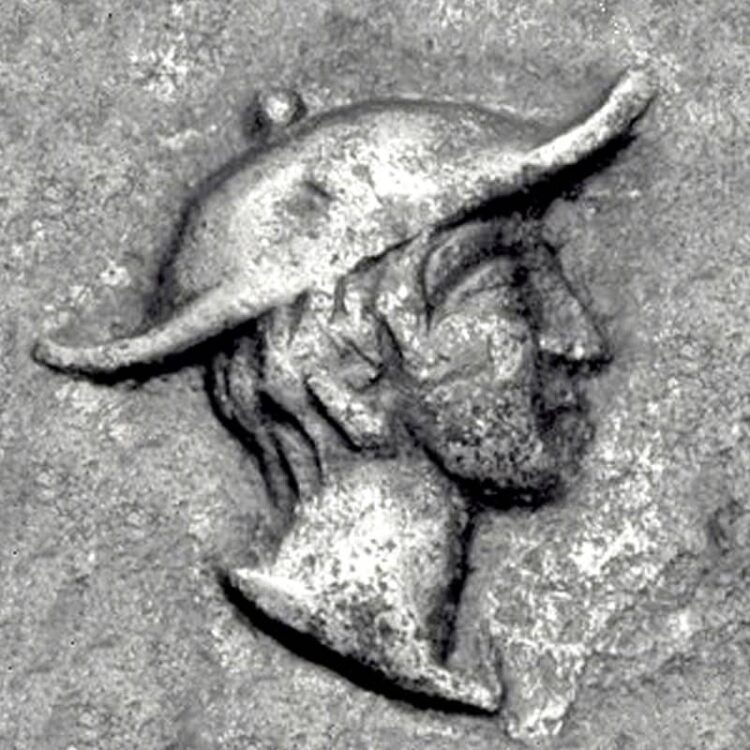
It is unclear when and where hats originated, but some of the oldest depictions date back to Ancient Egypt.
- Ancient Egypt Some of the most widespread and earliest depictions of hats were from the Egyptian city of Thebes in 3200 BC. Since many upper class Egyptians shaved their heads, they wore headdresses to keep them cool.
- Roman Empire In Rome, hats such as the skull-like hat, the pileus, were worn. Formerly worn by enslaved Greeks and Romans, the Phrygian hat became a symbol of freedom during the American Revolution and the French Revolution.
- Middle Ages: Hats became a status symbol and were used to target specific groups. The Fourth Lateran Council in 1215 required Jews to identify themselves with certain hats and other garments.
The rise of the hatters The term “hatter” was first used in the sixteenth century. As the best hats were made in Milan, Italy, the word became more common in Europe in the eighteenth century. - Women’s fashion Before the nineteenth century, women largely wore handkerchiefs or loose bonnets. In the first half of the 1800s, these bonnets became larger and more ornate with various decorations. At the end of the century, more styles were created for women.
- The modern use of hats: Hats were a common and expected aspect of men’s fashion throughout the 1960s. Today, most hats are worn casually as a fashion accessory. However, there are a few high-profile social events, such as horse racing, where hats continue to be worn. Royal Ascot in Britain and the Kentucky Derby in the US require participants to wear hats.
In the 1910s, men wore straw hats in summer.
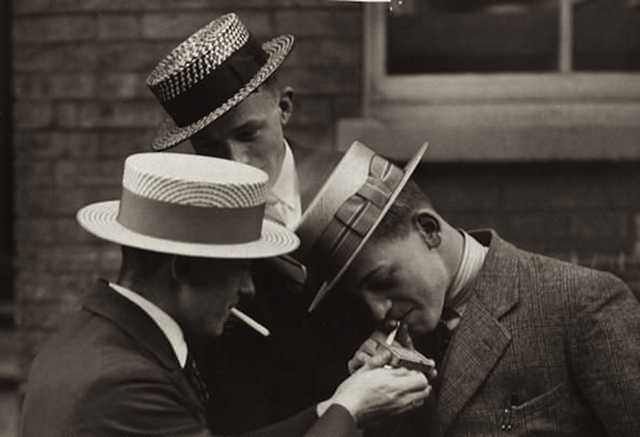
This type of hat is essentially a straw fedora. It is a hat worn by men and women in summer to cool off. 19. At the end of the century, schools, especially in the United Kingdom, began to require students to wear straw hats as part of their uniform. In the First World War, these hats were unavoidable.
In the 1920s, the Cloche hat was among the top hat varieties.
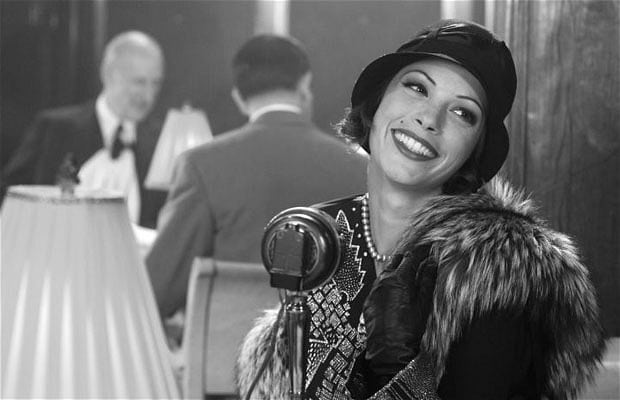
Cloche hats get their name from their shape. Cloche means “bell” in French. The similarity is easy to see. According to “The Fairchild Dictionary of Fashion”, a cloche is a hat with a very narrow brim or without a brim, tightly fitted to the head, with a deep crown that hides almost all the hair. It is worn almost pulled down. Despite their revival in the 1960s, they were most popular in the 20s.
In the 1930s, silent movie star Buster Keaton popularized the porkpie hat.
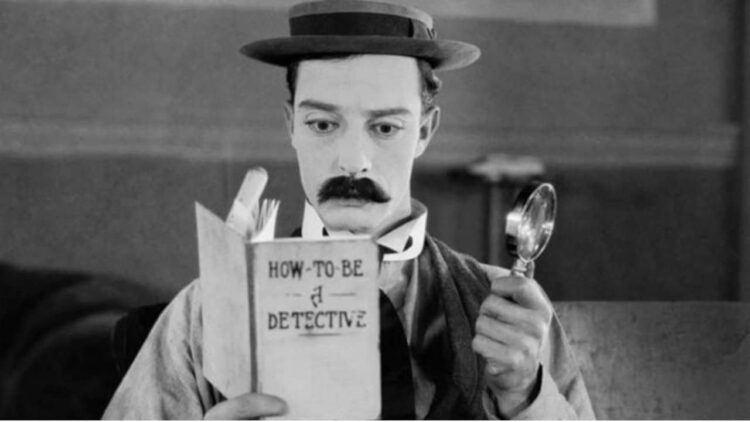
Keaton started wearing the porkpie hat in the 20s and it was very fashionable in the next decade. According to Realize Magazine, the hat reached the peak of its popularity during the Great Depression, which lasted from 1929 to 1939.
You may be wondering, why is it called pork pie? Very simple, because they look like pork pies! The flat top, tucked around the edge, looks like the crust of a pork pie. Although they look like an old hat (literally), the porkpie remains popular today.
In the 1940s, women preferred Cartwheel hats.
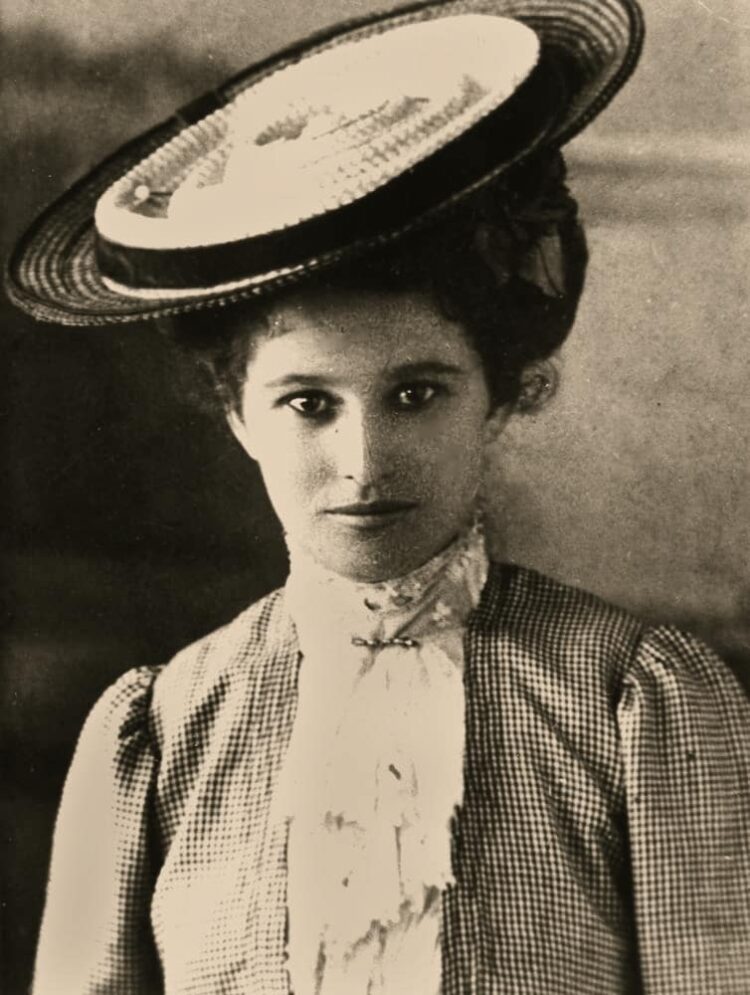
The Cartwheel was first worn in the early 1900s, resurfaced in the 30s and then experienced a final resurgence in popularity in the 40s and 50s. They are named after their resemblance to car wheels. Essentially, you couldn’t wear them unless they were extremely slanted, because their visors were too wide to be seen from underneath.
In the 1950s, the fedora comes on the scene.
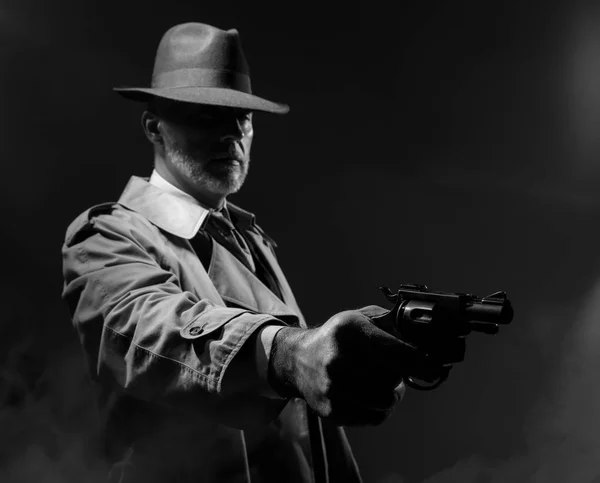
Although now associated with wannabe hipsters, fedoras, defined as hats with wide brims, indented and slanted crowns and ribbons, were the height of fashion a few decades ago. After years of use, the fedora has become associated with icons of the 50s such as Frank Sinatra, Humphrey Bogart, film noir and gangsters, all of whom are certainly still considered very cool.
In the 1960s, former First Lady Jackie Kennedy’s pillbox hat was a fashion sensation.
Kennedy made the pillbox hat she wore when her husband, President John F. Kennedy, was assassinated one of the most iconic hats of all time. According to the Fashion Encyclopedia, pillbox hats were first popular in the 30s. But they reached the peak of their popularity in 1961 at President Kennedy’s inauguration, when the First Lady wore them. He continued to wear them throughout his presidency. The name comes from the hat’s resemblance to pill containers with flat sides, a flat top and no brim.
The influence of hippies on hat styles in the 1970s is undeniable: Floppy hat
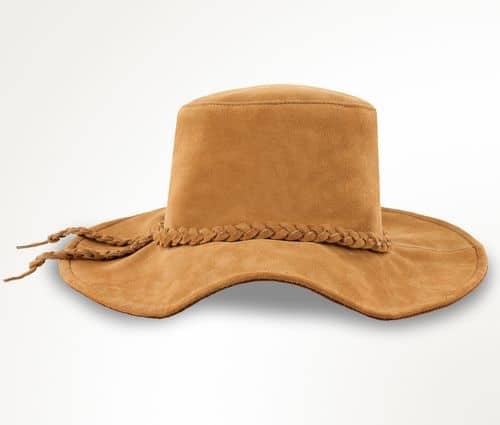
The iconic actress Brigitte Bardot was known for her floppy hats. Before that, hats were often very hard and smaller. It is thought that the shabby and relaxed clothing style of the hippies influenced the design of this hat. Unlike hats, which until then had hard and flat shapes, the floppy hat had a curved and soft texture.
This hat is also an indispensable accessory in Yeşilçam. Today we can see that the floppy hat perfectly encapsulates the decade of the 70s, which was also famous for other free-flowing, flexible pieces of clothing, including bell bottoms and bell sleeves.
The first hat that came to mind in the 1980s: The Bucket.
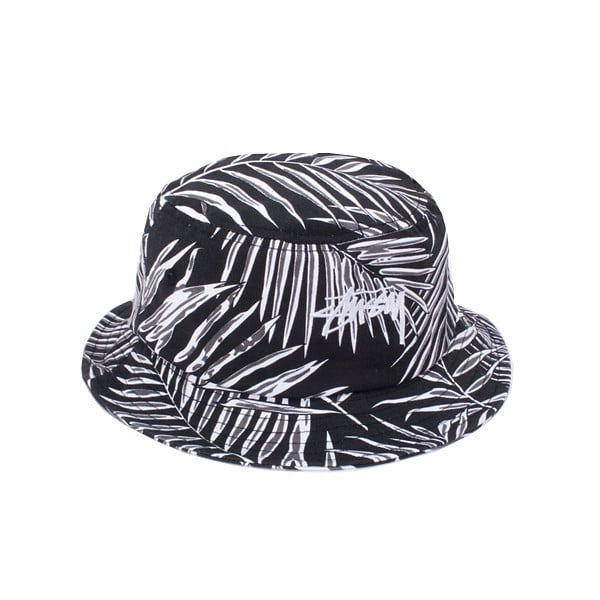
After years of being associated with “Gilligan’s Island”, LL Cool J and the hip hop community took the opportunity to make round hats fashionable again. Originally, this bucket-shaped hat was used by fishermen and other outdoors people to keep both rain and sun out of their eyes, and it also has an easily foldable fabric.
In the 90s, the steampunk wind swept through fashion.

The Daily Dot describes steampunk fashion as “a retrofuturist mix between Victorian aesthetics and cyberpunk”. In essence, by combining machinery and fashion, some really interesting garments and accessories are produced. Linda Perry, the fashion icon of the 90s, often wore a steampunk hat that looked like a top hat with her metalworking glasses, even if she didn’t realize it at the time. The look became so iconic and synonymous with Perry that it even became a popular Halloween costume.
In the early 2000s, embellished and printed trucker hats became popular.
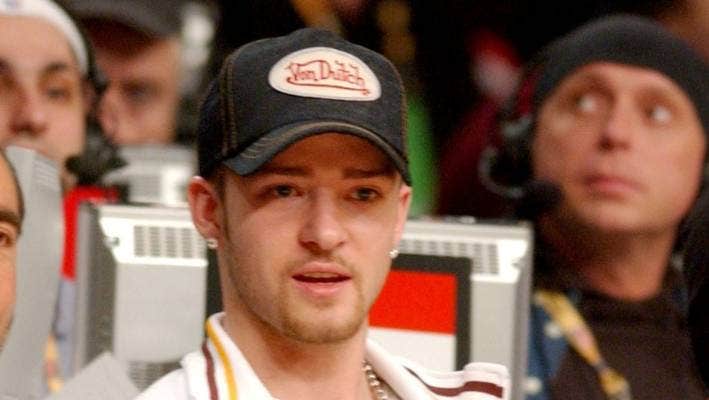
Historically speaking, this period was challenging for fashion and hats were no exception. Socialites like Paris Hilton and Nicole Richie have paid big bucks to wear simple trucker hats with Von Dutch or Ed Hardy brand names on the front, that’s all… There was nothing else that made these hats particularly special. We have since abandoned this form of baseball cap and replaced it with the “dad cap”.
In the 2010s, berets find their place in history.
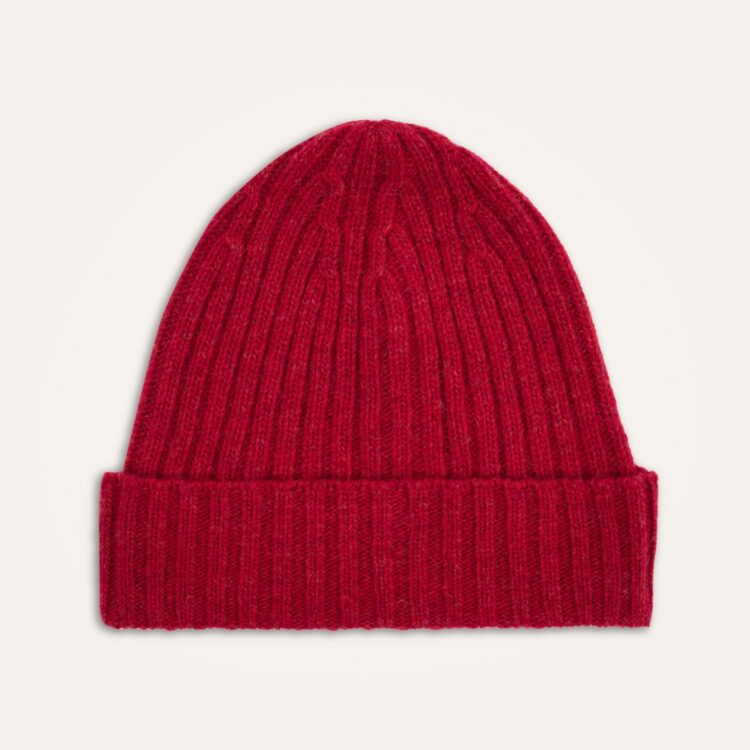
Among the variety of hats, berets were popular in the 90s. But in the last nine years, their popularity has skyrocketed again, as every self-styled hipster dangles a beret over their bedhead. Jian DeLeon, editor of Highsnobiety, explained the appeal of a beret to Vox in September 2018. When “Riverdale” updated its characters, it took Jughead Jones and his omnipresent crown and turned him into a hipster, beret-wearing, brooding writer. It doesn’t get more 2010 than this…
A knitted cap made of wool or cotton and usually used as a winter hat. A similar variation is the long stocking cap, which has a longer peak intended to hang from the top or side while the beret remains attached at the peak.
Other Hat Types

- Apple hat A larger version of the newsboy hat, with eight panels and a button sewn on top.
- Ascot cap: Types of flat headgear made of wool or felt, with a stiff, rounded crown.
- Baseball cap: One of the most common types of hats, especially in the United States. These casual and easy-to-wear hats have a short to medium bill, which can be curved or flat fronted, and typically have six panels that tie under a button at the top. If the size can be adjusted with two plastic pieces that fit together, this baseball cap is called a snap cap. If all panels except the front two panels are mesh and have snaps, this is a trucker hat.
- Boatman’s hat: These straw hats have a short crown and a flat top and are usually worn by a quartet of barbers. Boater hats are very similar to the hats worn by gondoliers in Venice (thinner and with wide brims and a ribbon hanging down the back).
- The Asian conical hat: This hat is not specific to one country or even region in Asia. On the contrary, hats with a similar design have appeared in many countries between East and South Asia. It is a practical hat designed to protect wearers from both sun and rain, making it the perfect choice for farmers everywhere from Vietnam to Japan. In the past, conical Asian hats, studded with jewels or otherwise decorated, were also worn by nobles.
- Kufi hat The kufic hat is a narrow, brimless headdress worn in North, East and West Africa, as well as in parts of South Asia. It is part of the national costume for many West African men and is often associated with religious attire elsewhere. Crocheted kufic hats are popular in the Muslim world, while patterned hats are favored by African Christians and Jews. In the US, wearers also represent a variety of faiths. Although the kufi hat is more commonly seen on men, in a handful of traditions it is considered a unisex accessory.
- Boonie hat: A floppy, wide-brimmed hat made of cotton, twill or canvas. They appeared during the Vietnam War, when they were worn by soldiers.
- Bowler hat Also known as derby hats, these hats have a hard felt with a round crown and short brim.
- Cowboy hat It is a type of hat that you can see in many places. Associated with the American West, these hats are made of felt, leather or straw and have very wide, curled brims. The most common crown shape is a compressed C or teardrop shape. A popular type of cowboy hat is the stetson.
- Duckbill hat: A hybrid between the ivy and the ascot hat, it has a rounded peak towards the back with an exaggerated slope towards the beak, resembling the beak of a duck.
- Fascinator hat Largely associated with royal weddings in the United Kingdom, the fascinator hat has a headband style or is clipped into the hair. They use ornate decorations of all shapes and sizes.
- Fez There is disagreement about the origin of the fez. One possibility is that he came from Fes, Morocco. They are usually red and have a conical, cylindrical shape with a tassel at the top.
- Fitted hat: A type of baseball cap.
- Floppy hats: Also known as sun hats, these hats have a large diameter that creates shade for the wearer. They typically use paper braids, tweed or other more robust materials to hold the weight of the edge.
- Gambler hat: This hat has a wide brim and a tight, curled lip. The crown is typically flat and has a large oval shape.
- Homburg hat: An oval-shaped hat with curled brims and more curling on the sides. There are two tufts on each side of the crown forming a center notch.
- Ivy hat: Also called a flat cap, this is a low-profile hat with a slightly rounded crown that slopes down from the beak where it is sewn into place. The name flat head comes from its perfectly flat shape when placed on a table with the back folded underneath.
- Kettle-brim hat: Almost like a straw version of a bowler hat, these hats have a round crown and a center brim that curves upward an inch around the rim. Some styles feature a bow, ribbon or chin strap.
- Lifeguard hat: Traditionally made of straw, these hats have an exaggeratedly wide, flat brim and a center indentation at the crown for protection from the sun.
- Journalist’s cap: Similar to the flat cap, these hats have six or eight quarter panels that form a more rounded brim, connected by a button at the top of the semi-flat crown.
- Country hat: A flat, wide-brimmed hat with curled brims. The crown shape varies but typically has a teardrop or C shape.
- The Panama hat: This hat comes from Ecuador but is not defined by a single style. Panama hats have toquilla straw in common.
- Peruvian hat Like a beret, the Peruvian hat or chullo has a less fitted style. It includes a pair of ear flaps on each side, extending in the form of a pair of tassels hanging from the bottom, and may also have a pompom at the top.
- Pith helmet: Today, this style is associated with US Postal Service employees. But the helmets, also known as safari hats, are also linked to Europeans who wore them while traveling through Africa, Southeast Asia and other regions in the nineteenth century. Named after the sholapith material from which they were originally made, helmets are lightweight, cloth-covered helmets with a round crown and a visor that slopes slightly downwards.
- Full hat: A loose style that hangs slightly from the back or side of the head with a more rounded crown. They can also be crocheted knitted, have a light beret feel and be multi-colored.
- Top hat: An iconic shape worn more for a costume or formal occasion. These hats have a large, tall crown with a flat top and a center brim.
- Trapper hat A winter season hat of Russian origin, fur-lined and available in a variety of materials, with ear flaps that can be tied up to the top of the crown or tied low around the chin to cover the ears.
- Visor: A style without a crown, but a band that wraps around the head with an invoice added to create shadow. There are edged and unedged variations in different widths.
- Sun hat: As the name suggests, these are mostly used to protect the upper body from the sun and are often worn casually. The brim of the hat can be of different sizes and shapes with folds. A strap is usually attached at the bottom to secure the hat to the face so that it does not fly off.
- Sun visor: It can be considered a version of the baseball cap without the crown, only the brim and part of the crown are in the form of a strap. This product, which is mostly used in sports such as tennis, protects the wearer’s face from the sun.
- Booble hat: These hats are made of wool and are one of the most used varieties in winter. It looks like a beanie but fits snugly around the head and completely covers the head.
This post is also available in: Türkçe Français Español Deutsch

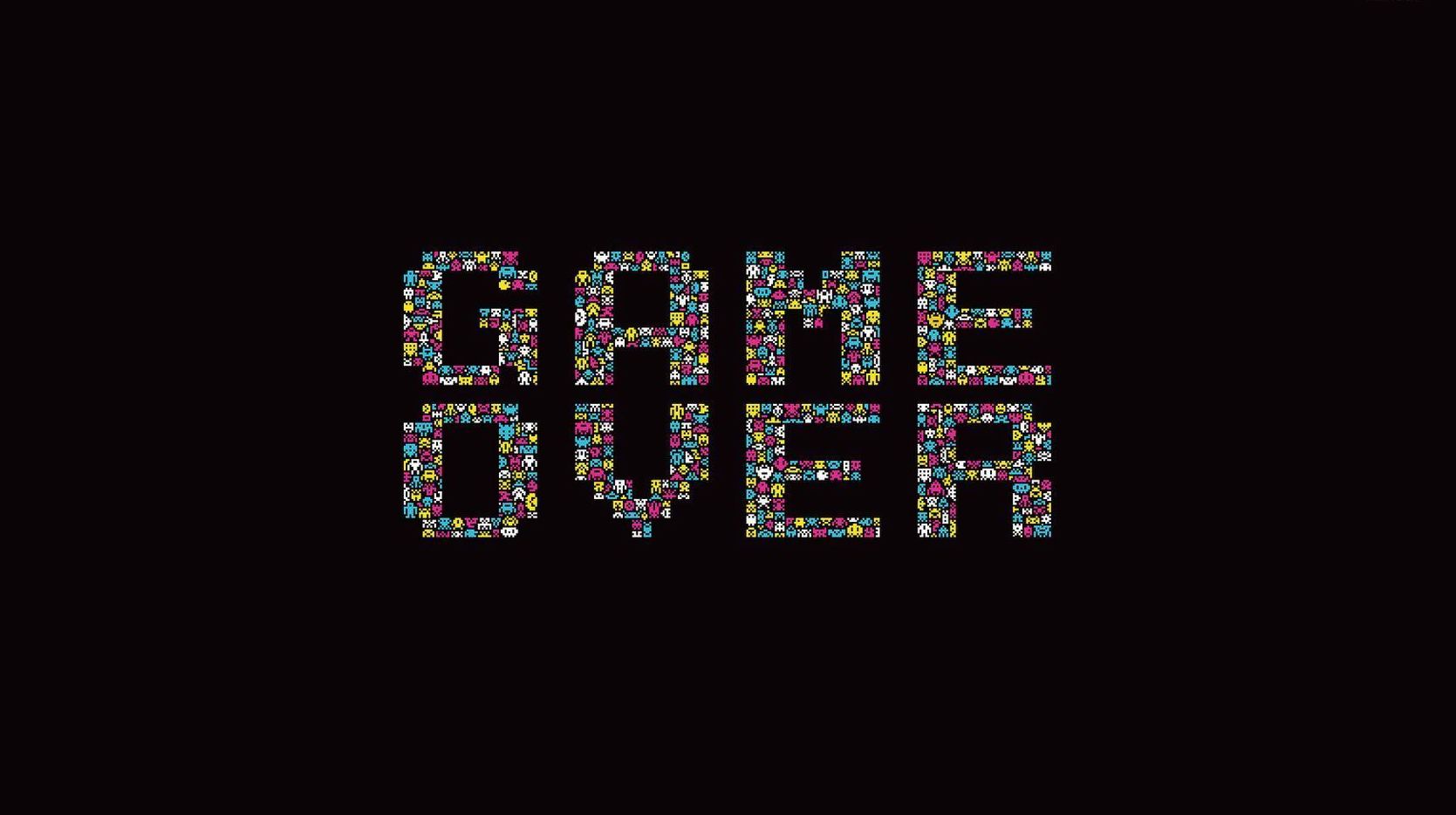
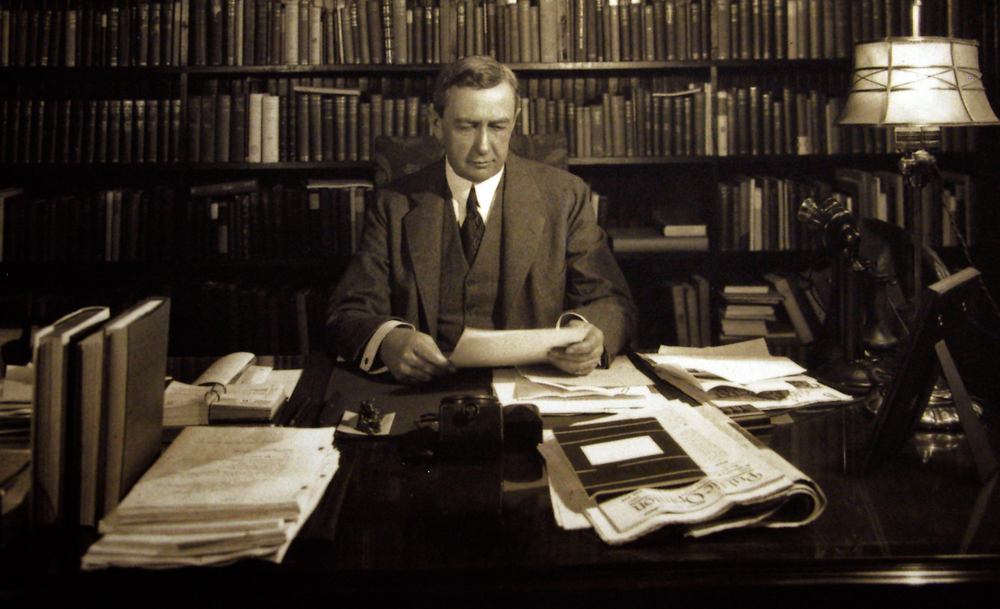

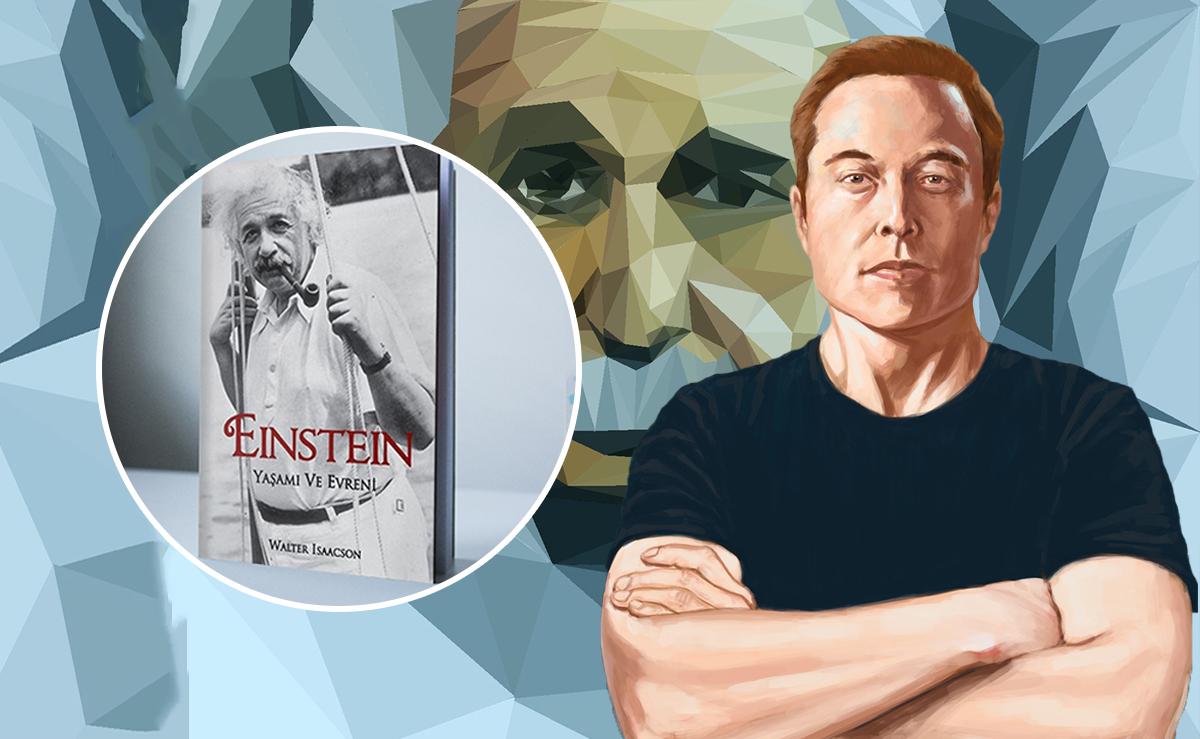
Yorumlar (0) Add Comment